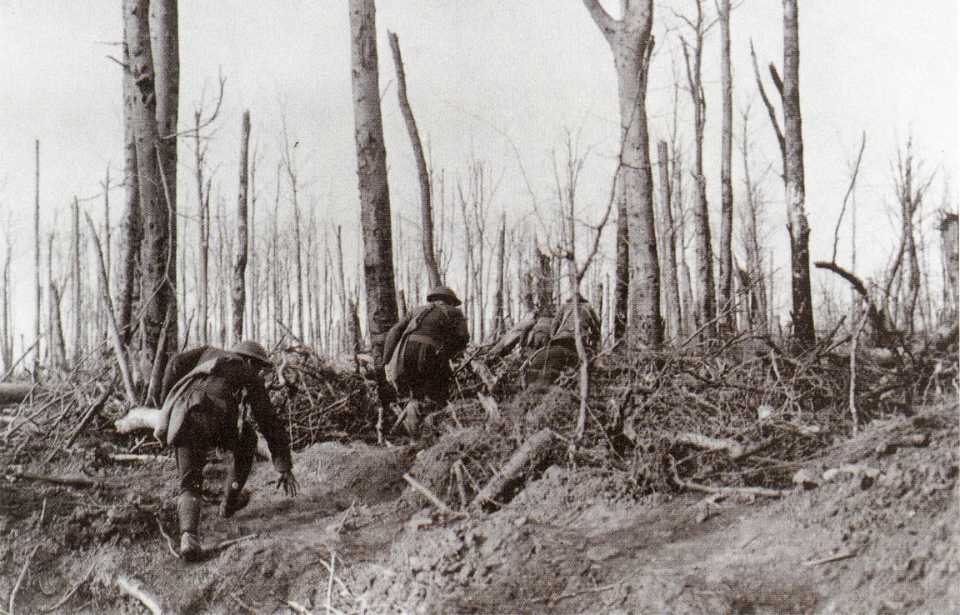The Meuse-Argonne Offensive toward the end of World War I is widely considered to be the campaign that truly stopped any and all fighting along the Western Front. It saw the US and French militaries use their combined strength to push the Germans several miles over the course of a month and a half, albeit at the expense of hundreds of thousands of lives.
High US casualties during the Meuse-Argonne Offensive
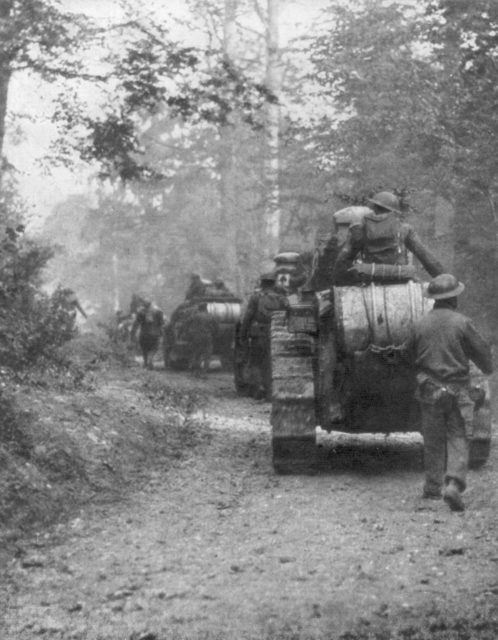
The Meuse-Argonne Offensive was the final Allied engagement along the Western Front during the First World War, carried out over 47 days by American and French troops. It was both the largest in the history of the US military, with 1.2 million Americans participating, and the deadliest to involve the US Army. The service suffered over 122,000 casualties, of which more than 26,000 were killed in action (KIA).
The reason American casualties were so high was that 70 percent of troops were young (between 18-23) and inexperienced. This, paired with poorly-planned tactics and the spread of the Spanish Flu, greatly impacted the effectiveness of the US forces. That being said, with over one million soldiers, they greatly outnumbered the Germans, which ultimately proved beneficial to the outcome of the war.
Initially, the American forces consisted of 15 First US Army divisions, while the French had 31. Altogether, they were equipped with 2,780 artillery pieces, 840 aircraft and 380 tanks. At this point in the conflict, the Germans were fighting with only 50 percent of their initial strength, but they were still able to put up enough of a resistance to force the Americans and French to call in reinforcements.
Aim of the Meuse-Argonne Offensive
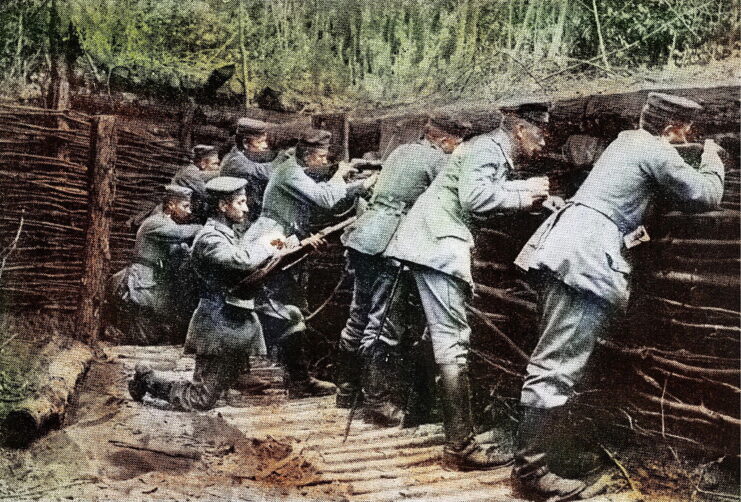
At the time, the Germans had the high ground along the Western Front. The Meuse-Argonne Offensive devised a plan to take that away by clearing the forest, after which the Allies would continue their advance and capture Sedan.
The city was home to a railway hub that was essential to the Germans, as it issued around 250 cargo trains a day to those forces stationed throughout France and Belgium. Each was filled with supplies and weapons. Therefore, capturing Sedan was integral to the Allies gaining control of the Western Front.
Commencing the Meuse-Argonne Offensive
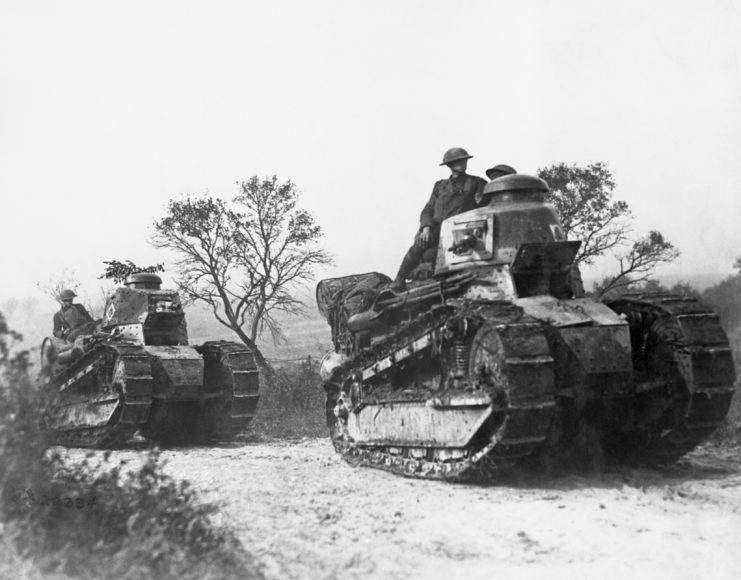
The first phase of the Meuse-Argonne Offensive began with an American attack at approximately 5:30 AM on September 26, 1918, led by Gen. John J. Pershing. The three-hour-long frontal bombardment was intended to push against the German line.
While the V and III Corps were able to achieve most of what they’d intended with the assault, the 28th Infantry Division was met with heavy resistance from the Germans. As well, the 91st had to evacuate Épinonville, while the 79th and 37th failed to secure Montfaucon and Montfaucon-d’Argonne.
The following day was much less successful. However, the 79th Division did manage to capture Montfaucon. On top of this, the 35th captured not only the village of Baulny, but Charpentry and Hill 218, as well.
German forces launch a counterattack
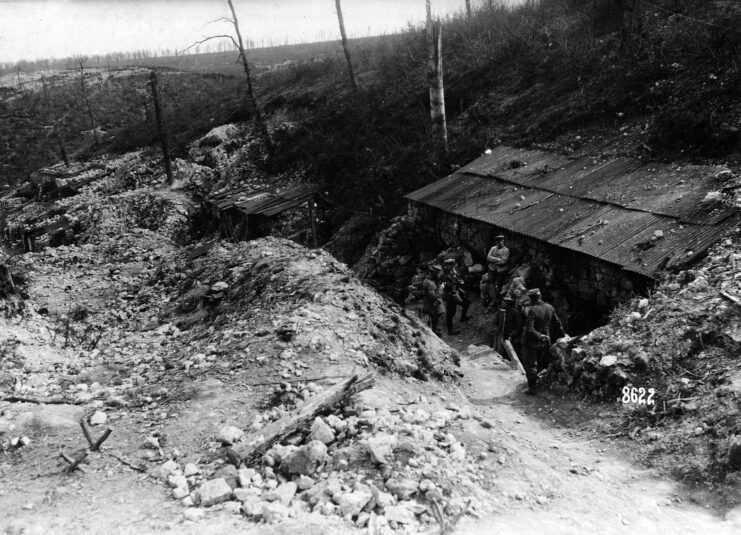
The Germans deployed reinforcements and launched a counterattack against the 35th Division on September 29, 1918. The US division had undergone leadership changes prior to the Meuse-Argonne Offensive, so it’s likely that poor commanders impacted their success.
Even with the counterattack, the 35th Division was still able to advance 15 km.
The Americans had overwhelming numbers compared to the Germans, which, despite their inexperience, put a lot of pressure on the enemy and forced them to retreat. In the first month, the Allies had successfully captured 9,000 prisoners of war (POWs). However, by that October, both sides were forced to call in reinforcements as they continued to wage the bloodiest battle seen on the Western Front.
Launching phase two of the Meuse-Argonne Offensive
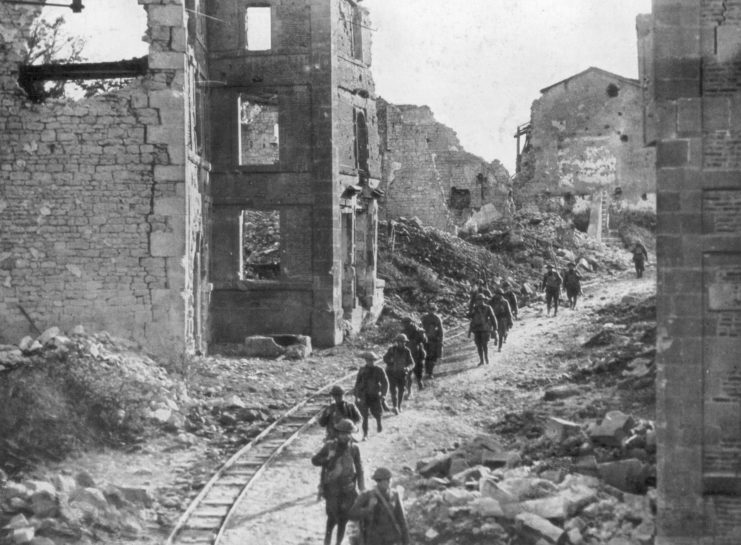
Phases two and three of the Meuse-Argonne Offensive moved extremely fast.
The second began on October 4, 1918, when the infantry divisions involved in the first assault were replaced by the 32nd, 3rd and 1st. Advancing two and a half kilometers against the German 37th and 5th Divisions, as well as the 52nd Infantry Division, the 1st created a gap in the enemy line.
Between October 14-17, the Americans performed several frontal assaults that broke the Germans’ main defenses, although this resulted in high casualties. The 42nd Infantry Division took over Côte de Châtillon, considered the turning point for the Meuse-Argonne Offensive. Led by Brig. Gen. Douglas MacArthur, the division took advantage of a gap created in the German line.
The force with which the Americans pushed against the enemy was impressive, and, by November, they were closing in on Sedan.
Successfully capturing Sedan
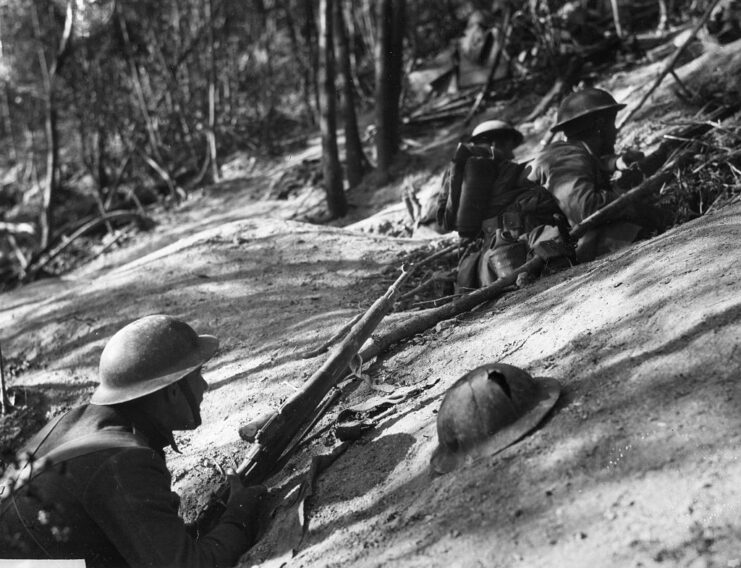
Beginning the third phase on November 1, 1918, the Americans reached the Meuse, and, by November 4, had the prized railway hub surrounded. Just a few days later, on November 10, they successfully took Sedan and cut off any German access.
By the end of the Meuse-Argonne Offensive, the Americans had cleared the area and pushed the Germans back over 10 miles. By securing Sedan, the engagement had taken away control from the enemy and effectively brought an end to fighting along the Western Front.
With the loss of their railway system, the soldiers within the Imperial German Army began to mutiny, leading all sides to agree to a ceasefire and ultimately resulting in the signing of the Armistice on November 11.
Lost Battalion of the Meuse-Argonne Offensive
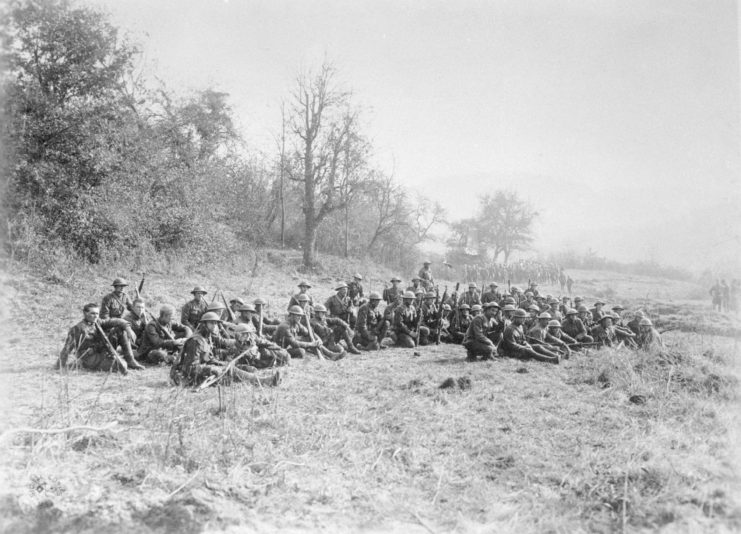
American advances during the second phase of the Meuse-Argonne Offensive were too speedy for some, resulting in a mistake that cost the lives of hundreds of soldiers.
A group of 554 men from B Company, 308th Infantry Regiment, 77th Infantry Division advanced too far and became surrounded by the Germans, making them forever known as the “Lost Battalion.” Considered the first over the top, they drew the attention of the enemy and created a distraction that ultimately allowed the Allies to break through and force the Germans to retreat.
The unit was largely made up of new recruits, and their advancement past the Allied line was a mistake. They believed they were supported by the French along their left flank, when, in reality, their reinforcements were delayed. This allowed the Germans to encircle and close them in with barbed wire.
Encircled by the Germans and targeted by friendly fire
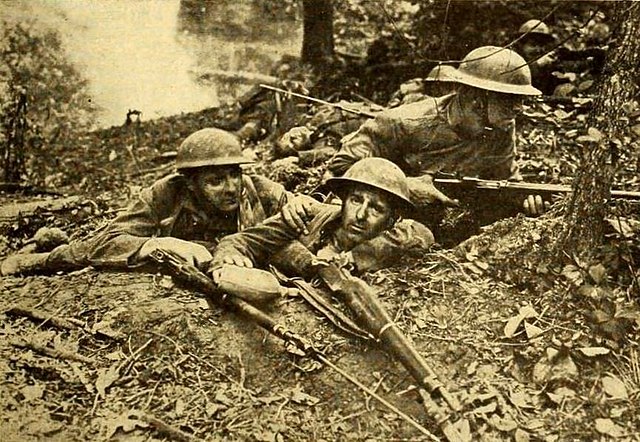
While encircled, the Lost Battalion suffered greatly due to a lack of food and medical supplies. They were also cut off from radio communications, so their last hope was to call for help using carrier pigeons. However, the Germans shot down each and every one.
At the same time the battalion was suffering artillery from the Germans, they were also targeted by unknowing American fire. Their last pigeon, Cher Ami, miraculously flew past the Germans, despite sustaining several injuries, and delivered a note to the US forces, which read, “We are along the road parallel to 276.4. Our own artillery is dropping a barrage directly on us. For heaven’s sake, stop it.”
One soldier with the Lost Battalion, Samuel Marcus, wrote about his experience behind enemy lines. He recounted in one diary entry, “We cut our way through wire entanglements, fought machine gun nests, laid in holes, hastily dug, wet, cold, hungry, pushed ahead without any relief, being encircled by the Germans and attacked and starved for 6 days when at last we were rescued, a sorry lot of men.”
He later wrote in his diary, “Nothing can ever seem hard to me after what I have gone through.”
More from us: How the Soldier ‘Worth a Million Men’ Single-Handedly Saved His Comrades from a German Assault
Unfortunately, the Lost Battalion is a misnomer, as they were never “lost” – they were abandoned by their comrades. The troops were stuck behind enemy lines for a week, after which they were rescued – and attacked by – the 28th and 82nd Infantry Divisions. Of the 554 who were trapped, only 194 were saved.
